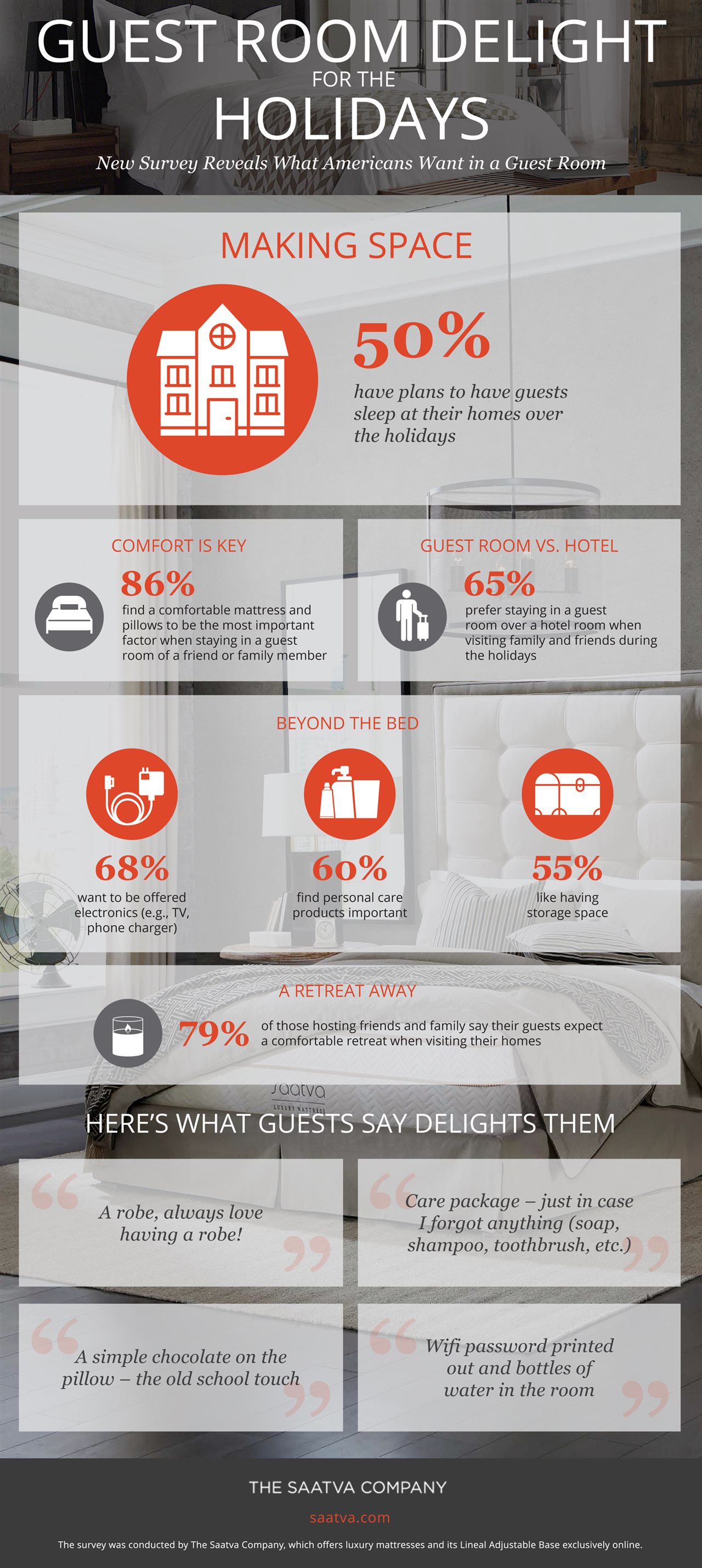2018-03-21T10:01:00
(BPT) – What do you like to do for fun when you have some free time on your hands? Whether it’s seeing the latest blockbuster, sampling a delicious entree or taking a road trip, chances are your passions cost money. If you’re like many Americans, you may find you don’t have quite as many loose dollars, especially when you have to be a responsible adult and take care of all those monthly expenses.
The typical American spends less than 4 percent of their annual income on entertainment, with the lion’s share of their hard-earned money going to practical things, like housing, food and health care, according to a report by the Bureau of Labor Statistics.
Homeowners especially feel the pinch, because utilities and other expenses eat up 11 percent of the average household budget, according to the BLS. Add mortgage payments, and more than a quarter of income is spoken for just to cover housing and related expenses.
Savvy homeowners, however, can free up some extra cash for the fun stuff with a few relatively easy and painless home improvements. See if any on this list could reduce your expenses and let you have more dollars for the fun stuff.
1. Reduce the juice
Anything that lowers monthly electricity use is money in your pocket. For long-term savings, choose options that automatically use less power. LED bulbs are 90 percent more efficient than regular incandescent bulbs, according to EnergyStar.gov. Invest in smart power strips to eliminate the so-called energy vampires. These power strips are designed to cut off the power flow when they sense electronics are no longer in use.
2. Get smart with thermostat settings
A smart or programmable thermostat can keep you from heating and cooling the house when you’re not home. Try setting your thermostat to maintain the heat at 60 degrees when you’re not home, and try 62-65 when asleep. For summer cooling, keep the air conditioner at 85 degrees when away and 80 when asleep.
3. Plug the leaks
There are other ways to manage your indoor climate besides adjusting the thermostat. Look for places where unwanted heat and cool air are getting in. Poke your head into the crawl space of your house to see if the insulation has settled and needs a top-off. Walk the exterior of your house and look for cracks and gaps that need caulk or weatherstripping. Finally, hanging drapes and blinds, if you don’t already have them, and closing them against direct sun on hot days can reduce “energy creep,” and give your air conditioner a break.
4. Opt for energy-efficient appliances
Appliances break down eventually, and if any of yours are getting close to the end of their life expectancy, be sure and get to know some of the energy-efficient options. Tankless water heaters, for example, last twice as long as standard storage tank heaters, and because they heat water only when it’s needed, they use 24-34 percent less energy, according to the U.S. Department of Energy.
Even better, some newer models, such as the Noritz Tankless EZTR50, are designed to make it much easier and less expensive to replace a conventional 50-gallon tank heater. By eliminating the labor-intensive steps of retrofitting and adding to the gas, vent and water-supply lines connected to the unit, these new tankless water heaters sharply lower installation costs. Although tankless heaters are about the size of a medicine cabinet, these powerful appliances are designed to meet all the hot water needs of an entire house. (That means no more cold showers on busy weekday mornings!)
With the right mindset and the right tools, homeowners like you can easily save hundreds of dollars every year on utility costs. If you’re interested in learning more, visit www.ezseries.noritz.com.











